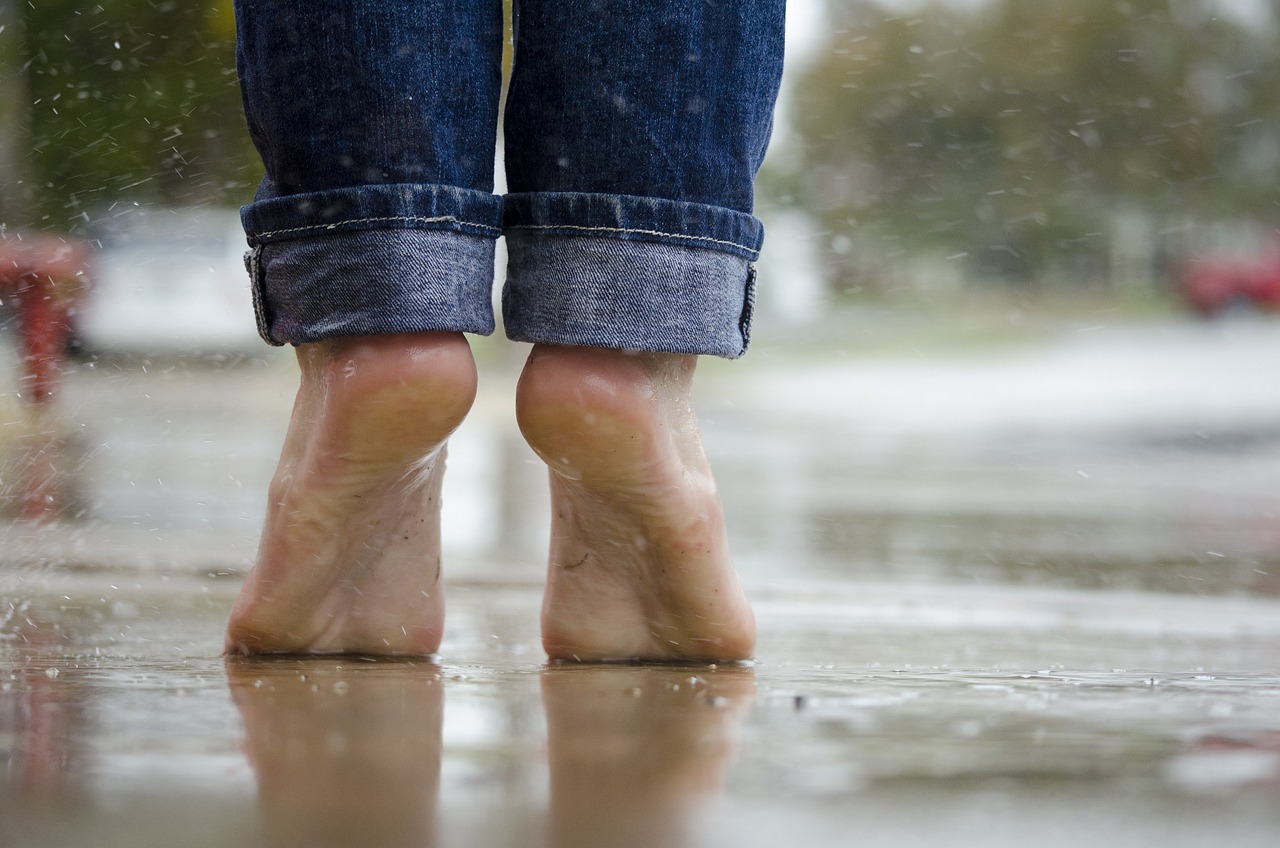There is such a disease, it will make people sleep at night, the lower limbs, especially the lower leg deep unbearable discomfort, activity or massage can be temporarily relieved. Under its torment patients can only keep moving their lower limbs or walking on the ground, which leads to serious sleep disorders. Although the disease is not life-threatening, it has a serious impact on the patient’s quality of life. The condition is known as “Restless Legs Syndrome” (RLS).
Medical research on this disease is still in the research stage, and it is currently considered to be a central nervous system disease, the specific cause of which is not yet clear. It is mainly divided into primary and secondary, and it is currently believed that “primary restless legs syndrome” may be related to heredity, dopamine dysfunction, and patients often have a family history; “secondary restless legs syndrome” can be seen in iron-deficiency anemia, pregnant women or mothers, nephrotic syndrome, rheumatic diseases, diabetes, Parkinson’s disease, motor sensory neuropathy, and polycythemia vera. Secondary restless legs syndrome can be seen in patients with iron deficiency anemia, pregnant women or women in labor, nephropathy, rheumatic diseases, diabetes mellitus, Parkinson’s disease, motor-sensory neuropathy, and multiple sclerosis. The prevalence of this disease is reported to be 1% to 10% of the total population in foreign countries, and about 1.2% to 5% in China. It can occur at any age, and is common in middle-aged and old-aged people. Due to the lack of public understanding of “restless legs syndrome”, it is often attributed to insomnia, painful muscle spasms, arthritis, and psychological disorders in the elderly, etc., which makes doctors underestimate the prevalence of this disease.
1 Symptoms
The main clinical symptom of “restless leg syndrome” is a spontaneous, intolerable, painful sensation that occurs in the lower extremities. It is most common in the gastrocnemius muscle, and may occasionally occur in the thighs or upper limbs, usually bilaterally. There is an urgent, intense sensation of wanting to move, which is partially or completely relieved by activity and can lead to hyperactivity. Patients often complain of: a deep tearing sensation in the calf at rest, like ants crawling in the bones, pain, numbness, itching. How to put are not comfortable, just want to come down to walk around. General nighttime bedtime symptoms are most significant in the middle of the night after the peak, the patient constantly kicking, activity pounding joints or massage legs, the serious have to get up and keep walking, can be relieved. Sometimes the patient will also appear in the sleep of the leg stereotyped, repetitive flexion movements, which will be awakened. Severe insomnia can also lead to low energy, drowsiness and reduced work capacity during the day. This torment day and night will seriously affect all aspects of the body’s function in the long term, and can lead to loss of appetite, weight loss, slow reaction time, and decreased motor ability.
2 Inspection
The diagnosis of “restless legs syndrome” is based on clinical symptoms, but secondary causes can be ruled out by ancillary tests. The International Restless Legs Syndrome Study Group (IRLSSG) has established minimum diagnostic criteria for this condition.
- Abnormal sensations: a strong desire to move the limb, mainly the lower limb, due to indescribable discomfort in the limb. These abnormal sensations often occur deep in the limb rather than on surfaces such as the skin.
- Locomotor symptoms: the patient cannot sleep and keeps moving the limbs to relieve the abnormal sensations. The main manifestations are walking back and forth, constantly shaking or flexing and stretching the lower limbs, or turning around in bed.
- Symptoms are aggravated when resting and can be temporarily relieved by activities.
- Symptoms worsen at night and peak late at night.
- There is a very unpleasant physical sensation in the gastrocnemius muscle, often accompanied by a momentary pain and itching in the leg.
- The symptoms cannot be explained by medical and psychiatric disorders.
- It may be combined with the presence of other sleep disorders.
3 Treatment Rehabilitation
For mild to moderate restless legs syndrome patients generally do not need medication, can maintain good habits and rehabilitation therapy to achieve relief of symptoms and control the development of the disease.
- Heat therapy: infrared rays, wax therapy, moist heat bag, ultraviolet rays, etc.
- Low-frequency electrotherapy or medium-frequency electrotherapy: electric current is often used in combination with ion-import therapy, which has obvious analgesic effect and promotes blood circulation.
- Exercise therapy: commonly used medical gymnastics, jogging, fast walking, swimming, etc., can also use equipment for active resistance exercise. At the same time, under the guidance of the therapist, massage and passive joint activities can be carried out.
- Psychotherapy: help patients regulate mood fluctuations, stabilize sleep, prevent and treat depression.
medication
Patients with severe degree can be treated with medication after removing the cause of the disease, dopaminergic drugs are preferred, and other antiepileptic drugs are effective in some patients, especially when dopaminergic drugs are ineffective, ineffective, or the side effects are intolerable, they can be used or combined. In patients with secondary restless legs syndrome, the first step is to treat the primary disease. As the cause is eliminated, the patient’s symptoms may disappear. For some serious refractory patients who are ineffective to dopa agonists, opioids can be used. In addition, we should try to avoid tobacco, alcohol, caffeine-containing stimulating diets in our daily lives. Cultivating a healthy sleep routine, taking a hot bath before going to bed, physical massage and moderate exercise can also help reduce symptoms.



